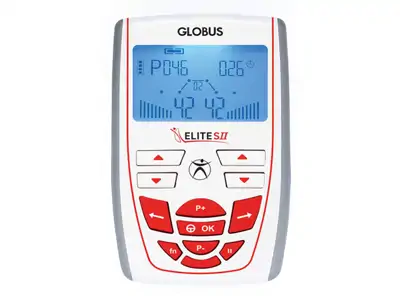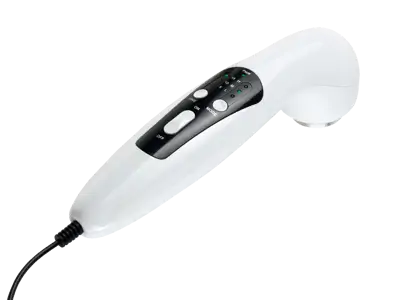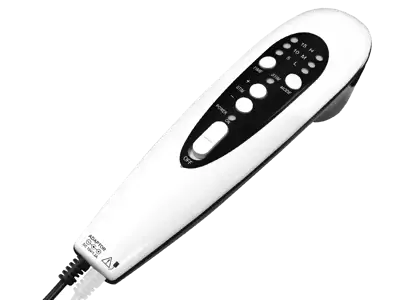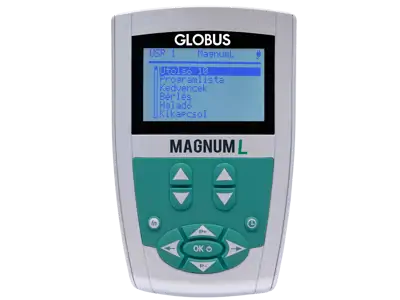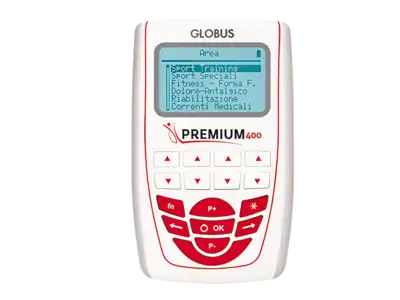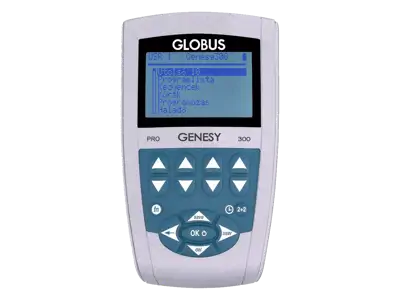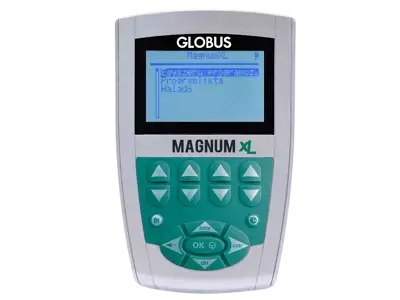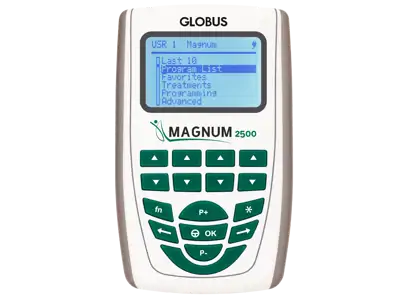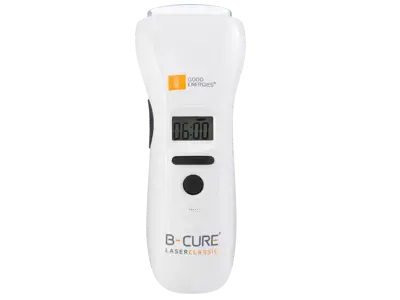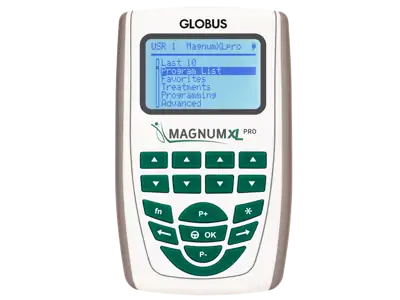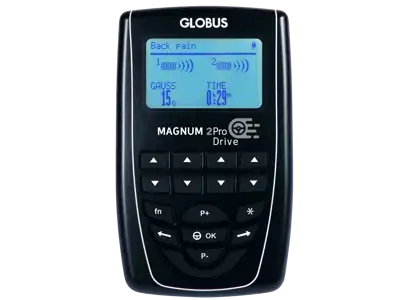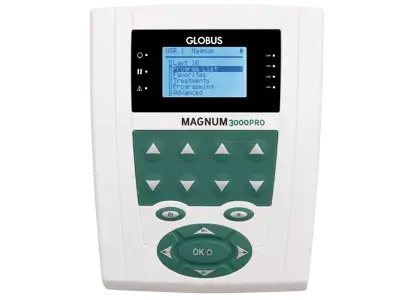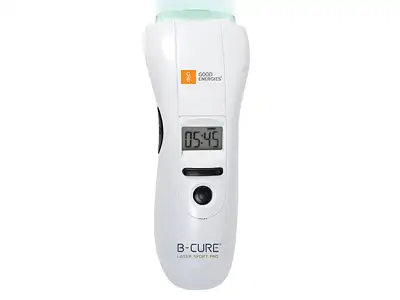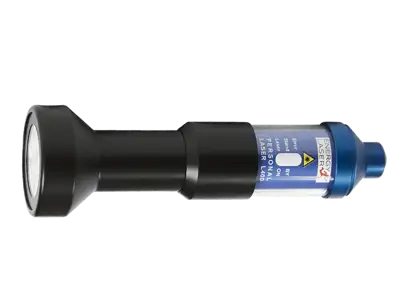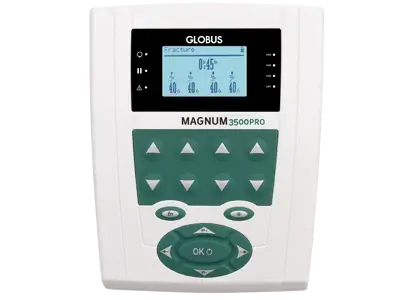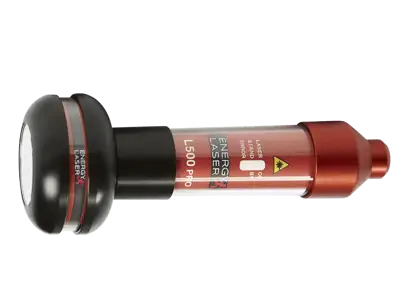Tennis elbow
Elbow pain is a symptom that affects the elbow joint and its surrounding area. It is often a symptom of tennis elbow or golf elbow, but can also be caused by arthritis.
Read more...Structure of the elbow joint
Three bones "meet" in the elbow joint: the humerus and the two forearm bones (the ulna and radius). The forearm muscles are divided into two muscle groups: flexor muscles on one side and extensor muscles on the other. The contractions of the flexor muscles result in the bending of the arm, whereas the contractions of the extensors result in the extension of the arm. The muscle is usually attached to the bone surface by tendons.
Consequences of overuse of the elbow joint
Small tears can occur in the tendons or at the points where they meet the bone, or even damage to the periosteum, as a result of excessive muscle work. Inflammation may also develop at the tendon attachment points.
If the forearm extensor muscles are subjected to excessive stress, then periosteal inflammation may occur around the tendons that attach to the outer bunion of the elbow, causing the muscles attached to the bone to tighten and pain on the outer side of the elbow when pressed or moved. Tennis elbow develops - named for its high incidence among people who play this popular sport, but it is by no means limited to athletes.
Tenis elbow can occur in anyone who makes frequent repetitive movements with their arm. The condition is common, for example, among carpenters and workers who constantly hold tools and twist them, but it can also be triggered by long repetitive movements such as typing. Tennis elbow is also common in spring gardening - it is caused by sudden strain (digging, raking, pruning) after a long winter "rest".
Symptoms of tennis elbow
Two-thirds of tennis elbow sufferers experience pain on the dominant side, the arm used to perform the repetitive movements.
Symptoms
- sudden or gradual onset of sharp pain on the outside of the elbow, which increases with exertion;
- severe pain when the hand and fingers are extended backwards;
- pain may be excruciating even at rest;
- it becomes painful or even impossible to grasp or lift small, light objects, or even to hold hands.
How to treat tennis elbow
One of the most important steps in the treatment of tennis elbow is to relieve the pain by stopping the activity that is causing the discomfort (whether it is sport or work).
Alternatively, cooling the painful area may be an option. If this does not stop the pain, you can choose between medication or physiotherapy. There are a wide range of painkillers, steroid and non-steroidal medicines, creams and patches available. It should be noted that (in general) neither painkillers nor steroids have any curative effect, they only suppress the symptoms. However, they can have a wide range of side effects, especially if taken for long periods. Therefore, it is worth looking for a solution that also acts on and cures the inflammation.
Modern electrotherapy devices can be used to treat the pain caused by tennis elbow without the use of drugs.
They are also characterized by the fact that they are
- medically proven and used procedures,
- effective and easy to operate,
- can be safely used at home without the presence of a doctor.
Home physiotherapy treatments
There are two types of methods. They are effective individually, but they work best in combination.
Pain-relieving TENS treatment: TENS is an effective symptomatic therapy for musculoskeletal disorders. It quickly reduces pain but has no curative effect. TENS treatment can be repeated as often as necessary. It certainly does not cause side effects.
Cold-warm therapy: alternating cooling and heating stimulates blood circulation and thus the healing process, which reduces inflammation. The Thermedic Elbow device, specially developed for elbow treatment, is worth a try for mild symptoms.
Ultrasound therapy: ultrasound is a mechanical energy absorbed into the tissues, stimulating blood circulation and thus the healing process. Ultrasound cannot be administered indefinitely! You should know some rules about how long and how intense the treatment should be. After 10-15 ultrasound treatments, you should take a break for a few months.
Soft laser treatment: Today, the use of soft lasers is considered to be perhaps the most effective for musculoskeletal disorders. This includes tennis elbow. Light (laser) beamed into the tissues produces a variety of beneficial effects in the tissues. Although there are some thermogenic and circulatory effects, the healing effect is at the cellular level. The microcurrents generated in tissues by laser radiation restore the membrane potential of diseased, inflamed cells, thereby catalysing cellular processes. The healing process is accelerated and the inflammatory process is reduced and eliminated.
Combined treatment: in physiotherapy practice, a combination of the above is recommended. The treatment may consist of cooling-warming, ultrasound, soft laser treatments.
Despite coordinated treatment, tennis elbow can be very persistent and stubborn. Daily activity -and the necessary use of the hand- works "against" healing. Therefore, perseverance, often months of treatment, is required to "get rid of" the symptoms.
